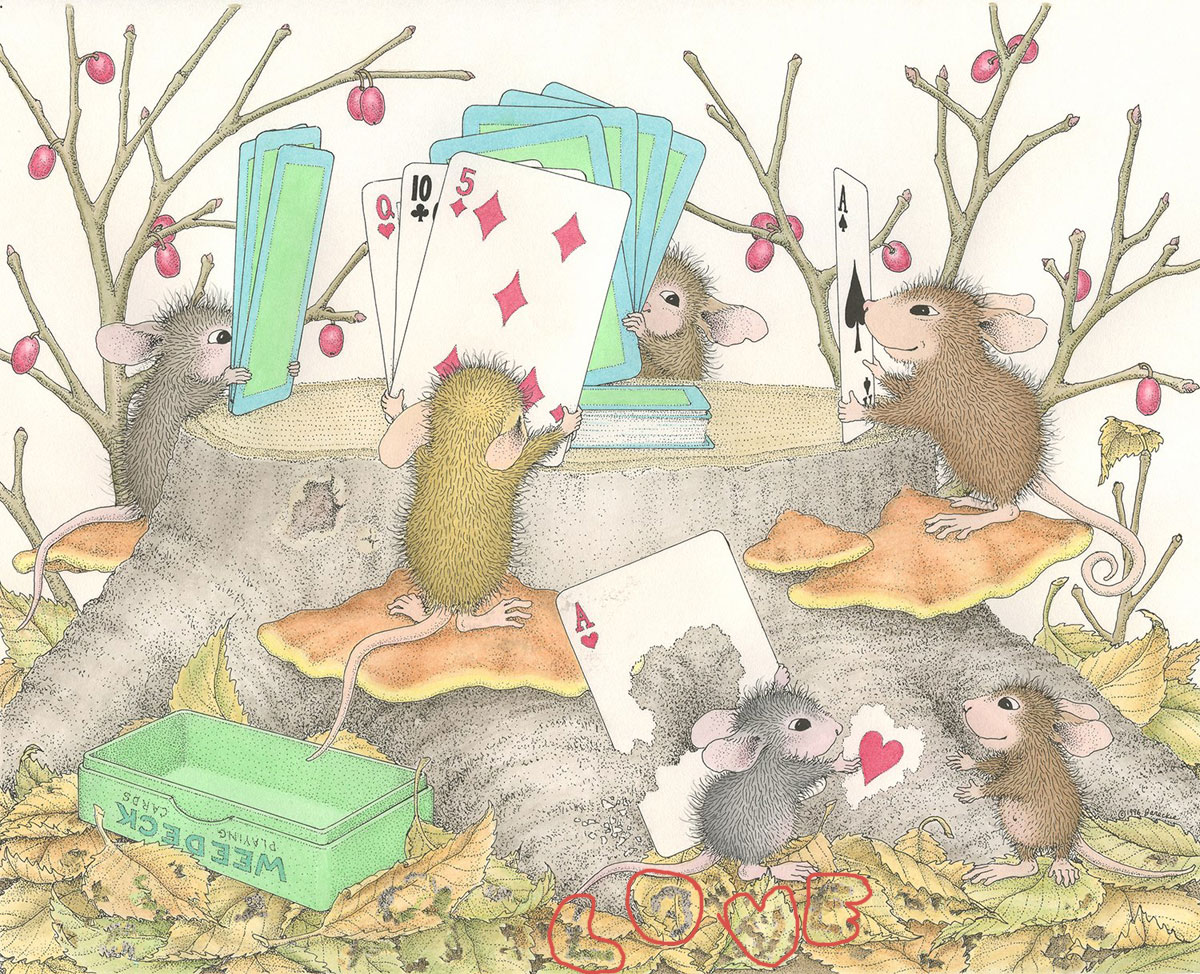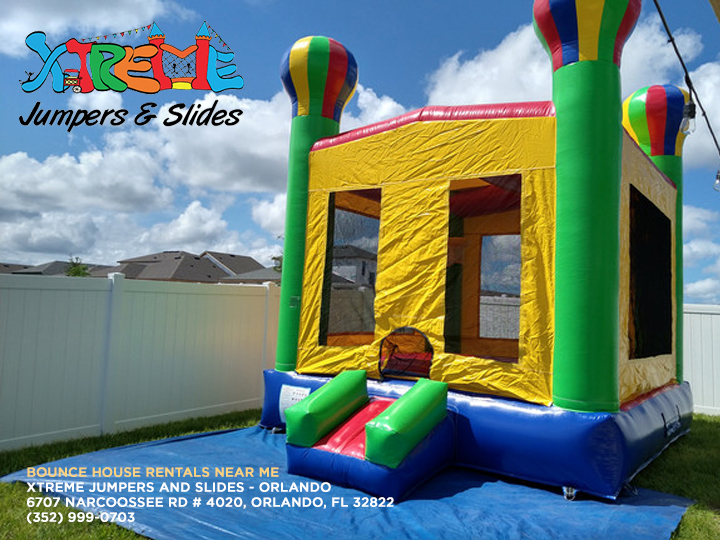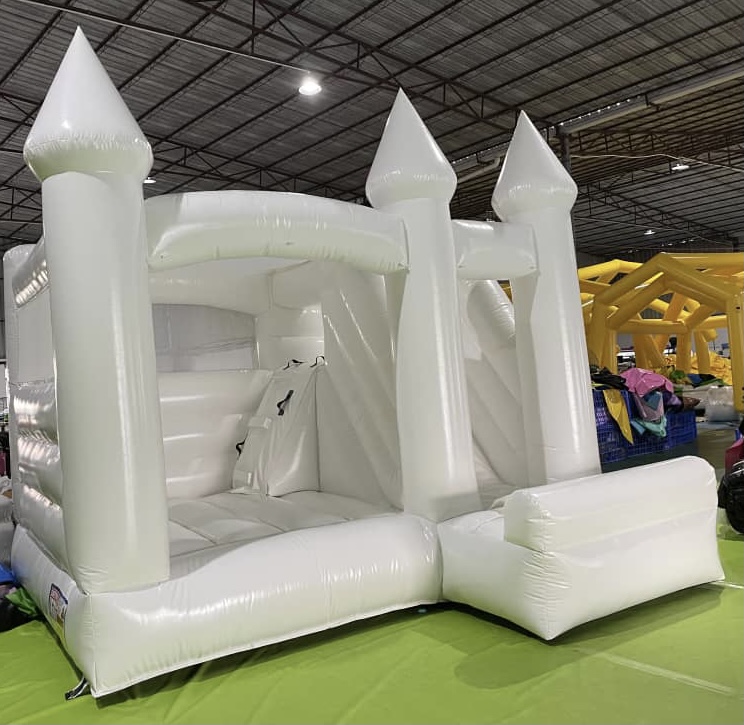Table Of Content

"Mice are nocturnal by nature and very wary; they often wait until there is no noise in the household before they start to forage," says Lerman. He notes that peak activity is usually 2 to 4 a.m., but if the area is populated with food and if there are no threats around, they may relax and feed anytime. "But, in general, seeing a mouse in daylight indicates a very high mouse population that is too big and hungry to wait until dark to feed," he notes. Mouse feces or droppings are the most visible sign of a mouse problem.
Why Do Mice Chew Through Electrical Wires?
Fresh gnaw marks, which are lighter in color, mean you have a mouse hiding somewhere. If you find the entry way to the nest, consider placing some stainless steel mesh since mice can’t chew through it! You can put the mesh right over the gap until you can permanently fill it. If you have any holes in your walls, seal them up so they can’t get in. Check your garage and make sure there aren’t any places where they can enter and hide out.
How to Get Rid of Mice
While spring is generally the best time for pruning, if you're just removing dead or broken branches, that can safely be done any time of year. "It's also important to keep stacks of firewood at least 20 feet from the house, since mice — not to mention termites and carpenter ants — like to nest in the piles," says DiClerico. Cynics say the entire house is just a dressed-up queue to distract you from the sometimes long wait to meet the world's most famous mouse, but that's just fine with me. When you find the nest, look for an entrance point near doors, pipes, or a small crack along the floor. It reran from September 9, 2002 to February 4, 2006 on Disney Channel.
How to Get Rid of a Mouse in a Wall
Not only would the sight of one in your home give you a nasty fright, they also carry diseases and can cause damage to your furniture and other possessions. This story was originally published in September 2016 and updated in August 2020. Updates included checking and refreshing links, adding a section about humane traps and performing a copy edit to align the content with current Lifehacker style. No, the only tried-and-true way to evict these freeloaders is to prevent them from entering your home in the first place. A good company will offer to keep coming back out to check if the infestation has been resolved. If you have a lot of mice in your house, you might want to call a professional.
How To Use Wintergreen To Keep Mice Away (And Why It Works)
You can also check out Grandpa Gus’s Extra-Strength Mouse Repellent if you want to have a specific ready to use product thats a bit easier! The spray uses peppermint and cinnamon oils to keep mice from nesting in your home and does it with a scented aroma. Pretty much the same kinds of food we like, which is why they will keep frequenting the same kitchen cabinets once they discover their stash. They make their nests out of trash, garbage, and soft pieces of clothing they may find lying around.
Food Sources
⚠️ Due to the inhumane killing method of live catch, sticky or glue mouse traps, we do not recommend them. Similarly, we do not recommend rodenticides, which should never be used in homes because of the risk of accidental poisoning, especially of children. Luckily, if your at-home solutions aren't working and you're not ready to call pest control just yet, the tips below will be useful. We even share how to spot and prevent future mice infestations (and yes, having a new furry friend, like a cat, is one of them!). To help you out, we've prepared this expert-approved guide below on how to get rid of mice naturally and permanently.
These nests are usually carefully hidden but should be removed as soon as you find them. However, I don’t recommend this method if you can help it. You should contact a professional before using bait stations as you don’t want the mouse to end somewhere in your home where you CAN’T find it. If you feel you tried everything, purchase some bait stations (we’ll go over our recommendations below.) All you have to do is put the bags filled with bait to attract the mice. They will gnaw through the bag, eat the bait, and then quietly end on their own. Spritz some of these aromatics on cotton balls and put them where you think mice are hiding in your home.
Elisabeth Moss shines in new Hulu series, 'The Veil'
Smith recommends using traps to catch mice, as baits and rodenticides can be dangerous to use around pets and children. Traps are simple to use, create easy disposal of the mouse, are odorless (if you empty right away), and are chemical-free. The animal's body shuts down all but the essential processes. Many animals hibernate in winter, such as bears, and some types of frogs, snakes, squirrels, and turtles. When temperatures drop, they seek shelter to nest, but they're still active and spend much of their time foraging, or searching for food. Often, they enter your home through cracks and crevices and nest in the warmth of walls, attics, and crawl spaces.
How to Install a Dryer Vent That Keeps Out Pests
Do a sweep of your home’s exterior, and look for openings a mouse could slip through—that means spaces as narrow as 1⁄4 inch. Likely locations include utility entry points, loose-fitting attic or exhaust vents, damaged weatherstripping, and the gaps beneath doors. The deer mouse, aka the field mouse, is slightly larger than a house mouse, with a more slender and angular body and head. Known for its white feet (hence the name), it’s smaller than a deer mouse. Both prefer the outdoors and rarely cause as much damage as the house mouse. Once house mice move into a home, they become a constant presence in the kitchen and other food areas, sometimes even taking up residence in the oven if it isn’t used often enough.
In one year, one female mouse can breed up to eight litters of five to six young. Those offspring can begin to reproduce themselves in as little as six weeks and live for as many as three years.

But, there are safe and humane ways that are just as effective for eliminating mice. In fact, prevention is the key to deter mice from coming back. If you have found any signs of mice—shredded paper or cloth, droppings, urine stains, and gnawed items—place the traps in those areas. You should also set a few traps in likely nesting areas or entry points for mice, such as the garage, as well as where food or water is available. Spotting mice or evidence of mice in your home is upsetting, but it's also unhealthy. Mice can contaminate your food and bring fleas, ticks, and even diseases into your home.
Disney: Mouse house grouse - Tortoise Media
Disney: Mouse house grouse.
Posted: Fri, 05 Apr 2024 07:44:52 GMT [source]
If you use a live trap, it's recommended that you release the mouse at least two miles from your house to prevent them from getting back in. Any or all of these signs means you’ve got a potential infestation on your hands. The good news is that getting rid of mice is simple in principle.
The bad news is that it could take a lot of work or money. If you catch a mouse, though, grab a heavy-duty plastic bag and then—with gloves on—carefully lift the trap and bag it for transport. Take it to a forest or park at least 500 feet from your home (a distance they likely won’t navigate back) and release the critter. You may need to test out a few different spots before your traps prove successful. Set up your specific model of trap according to the packaging’s instructions. To bait the mice, place a teaspoon of peanut butter in the middle of each trap and press a nut or crumb of cheese into it.
Outside, mice will burrow into the ground to seek warmth and have babies. But because it’s usually behind the walls, it’s not as noticeable. To mice, fiberglass and cellulose insulation make ideal nesting materials, and plastic wire insulation is a tempting treat.
You can also find them under sinks and in areas where they are nesting. There are easy-to-use, safe traps you can set up to get rid of a mouse in your house. Most are flat traps that use peanut butter to draw them in.












